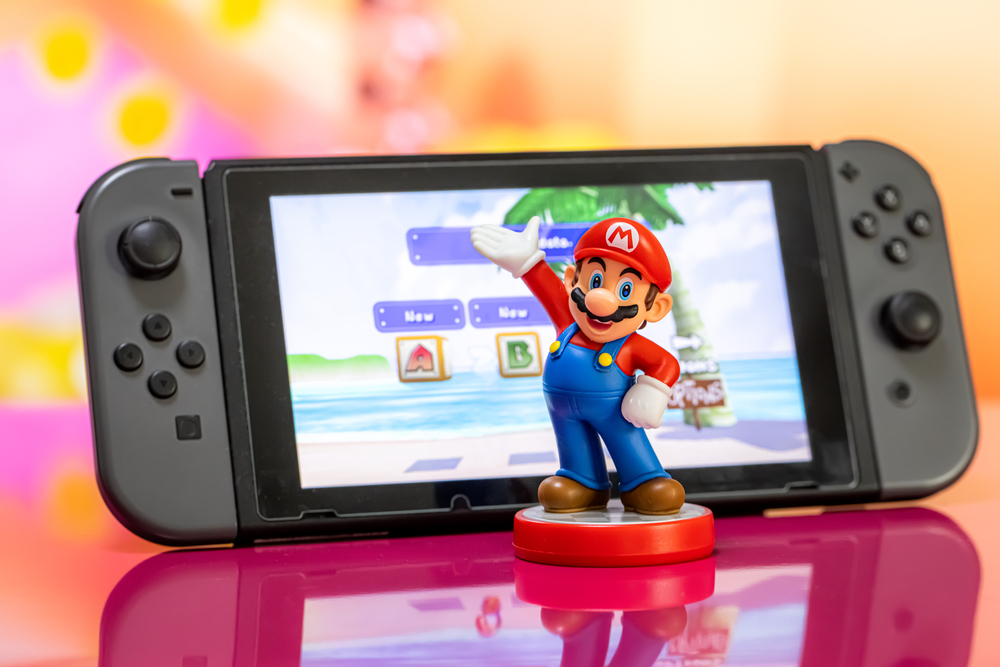Nintendo told investors today it expects sales of the Switch, which has been the best-selling console for over two straight years even though it’s a last-gen product, to decline in fiscal year 2022 at least partly because of global component shortages.
The company said in its fiscal year 2021 earnings report that “the production of products might be affected by obstacles to the procurement of parts, including the increase in global demand for semiconductor components.” Note that chips aren’t the only thing Nintendo’s worried about—it’s also warning about parts.
That’s likely because chips aren’t the only components in short supply. They might not even be the biggest factor for the Switch, which features an Nvidia Tegra X1 system-on-a-chip made using TSMC’s 20nm and 16nm processes, depending on the iteration of the X1. (The original Switch used the T210; new models use the T214.)
Those trailing-edge processes are also in short supply, sure, but they aren‘t seeing as much demand as TSMC’s leading-edge processes. Nintendo isn’t fighting over the coveted sub-10nm processes found in the latest CPUs, GPUs, and SoCs; it’s using a two-year-old-at-best SoC that’s pretty much exclusively used by Nintendo and Nvidia.
Instead the company might be constrained by the availability of display panels, networking chips, and other Switch components affected by the semiconductor shortage. An abundance of X1s doesn’t mean much to Nintendo if they aren’t accompanied by every other part on which its hybrid game console relies.
Nintendo based its expectations for 2022 on the assumption that it could procure all those parts, however, which means it’s likely worried the Switch will finally lose steam now that it has increased competition from the PlayStation 5 and Xbox Series X|S and won’t benefit from the pandemic-induced need to play Animal Crossing.
Here’s the good news: Nintendo’s almost certainly planning to release a followup to the Switch in the near future. Reports have indicated that the new console will offer 4K gaming support, boast a 7-inch OLED display, and feature a new SoC from Nvidia that enables the company’s DLSS technology for improved graphics performance.
